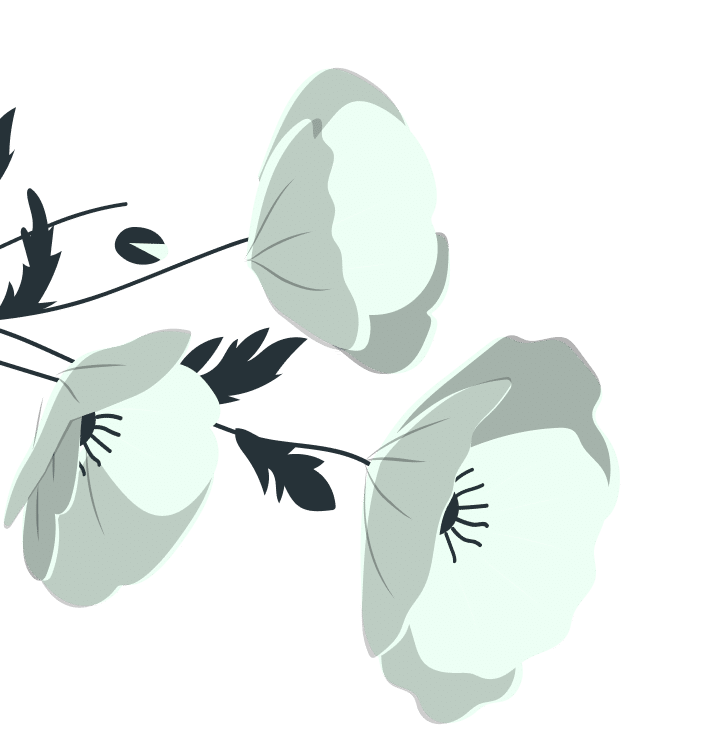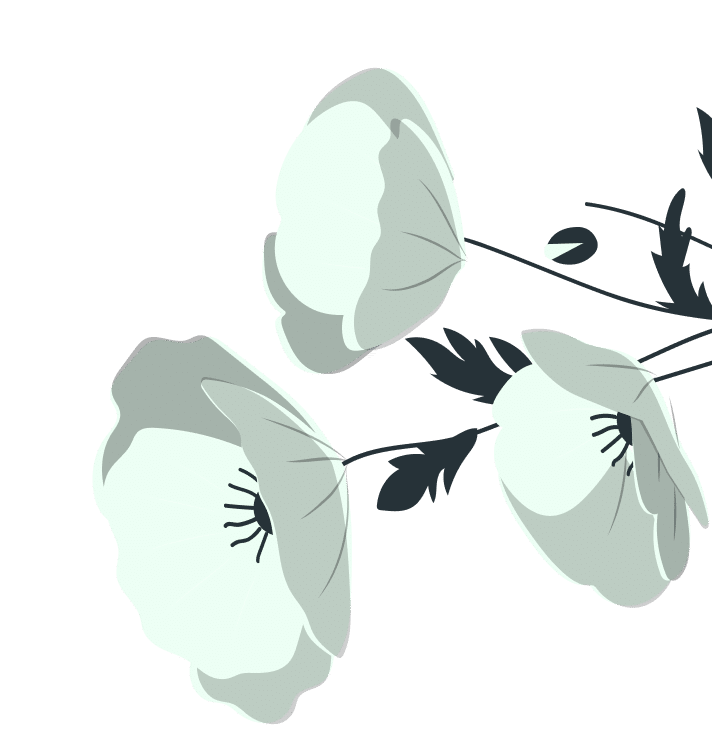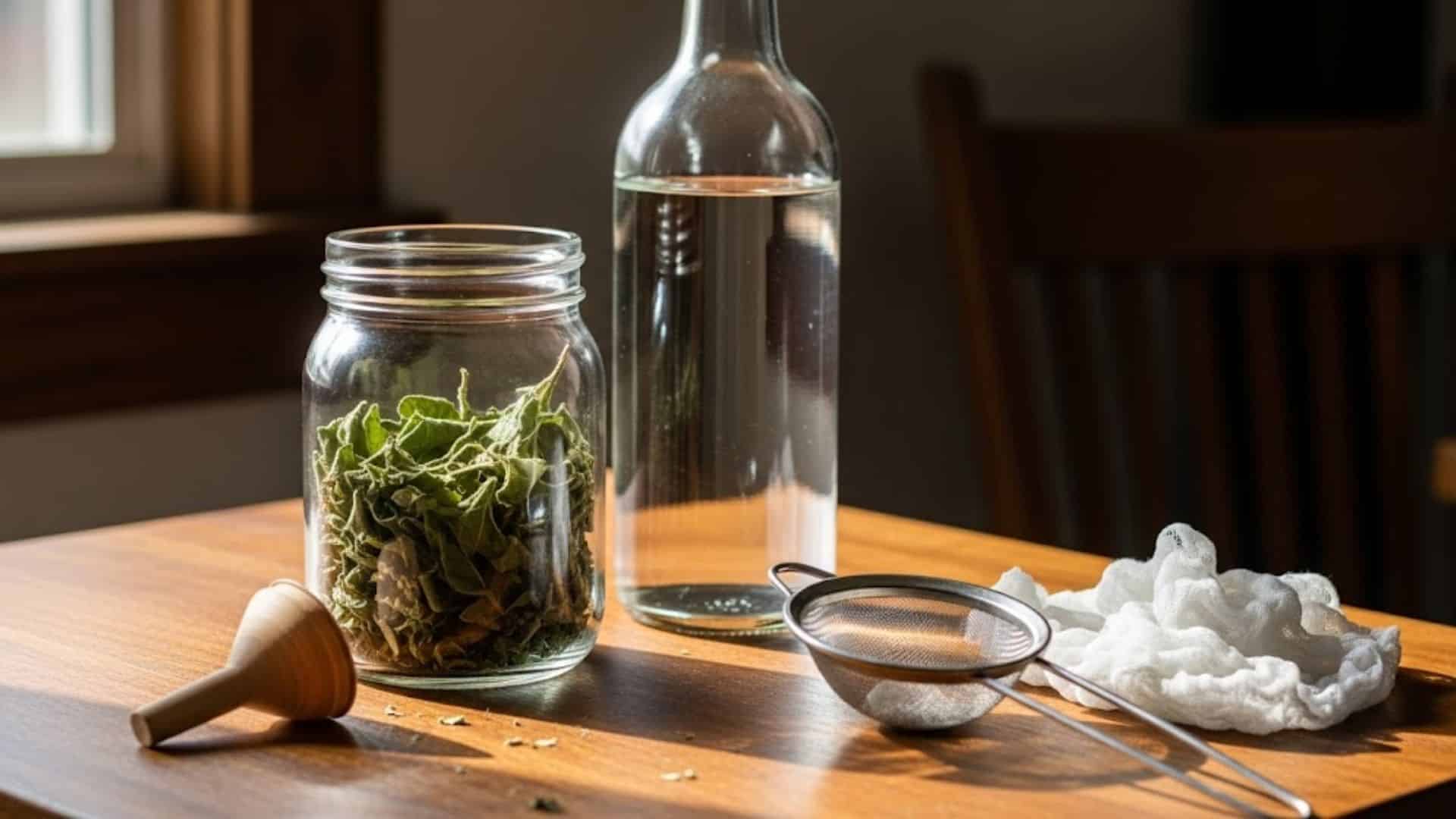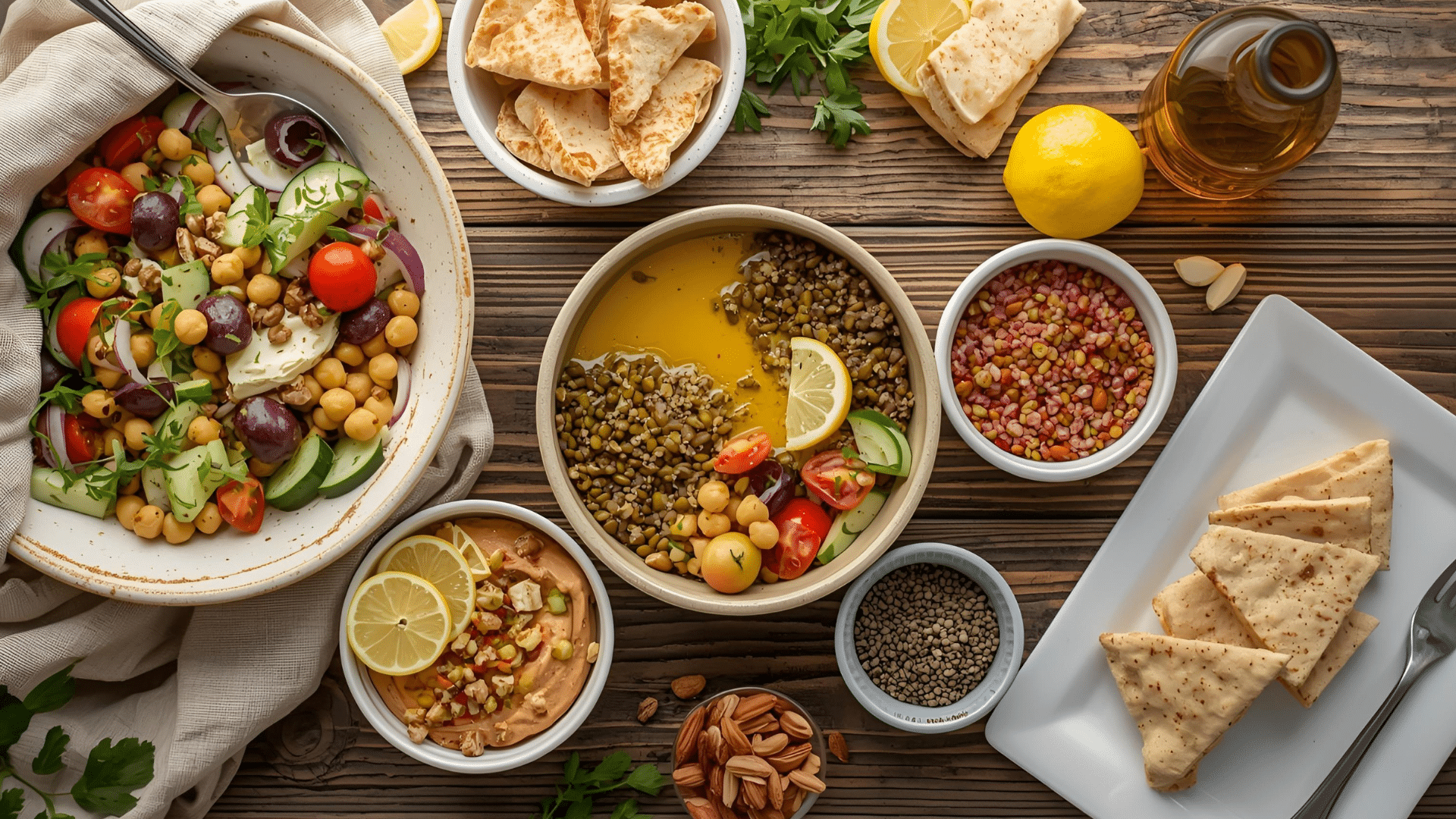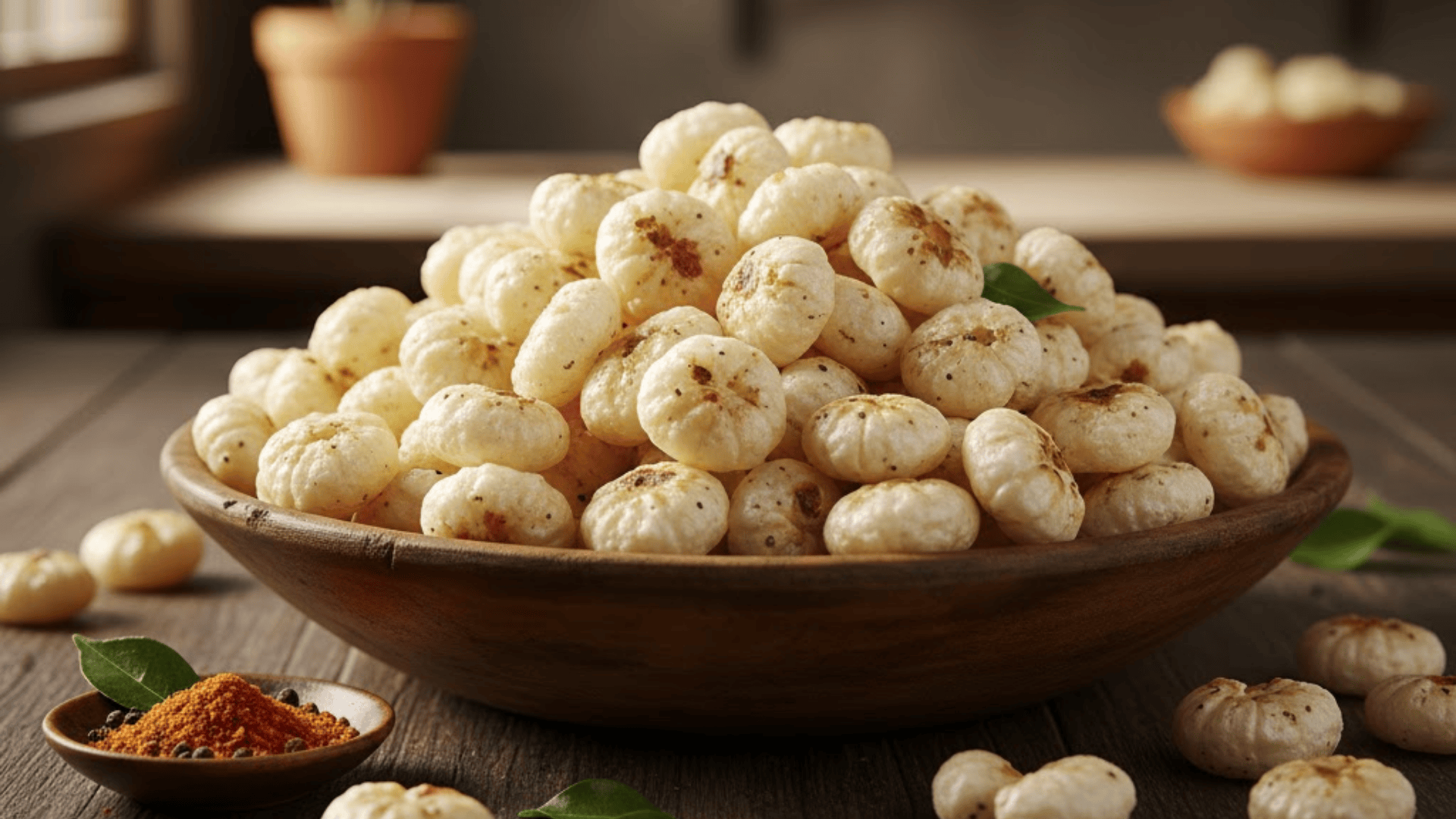Ever thought about how to make mullein tincture that actually works better than store-bought versions? This concentrated herbal extract is made by combining mullein leaves with alcohol or glycerin to create a powerful natural medicine.
You can choose between alcohol-based tinctures for maximum potency or glycerin versions if you prefer alcohol-free options. Both types capture the plant’s healing compounds that have helped people breathe easier for centuries.
I’ll show you exactly how simple it is to create your own respiratory remedy at home. You’ll learn why making your own tincture gives you complete control over quality and ingredients.
Why Make Mullein Tincture?
Mullein has been helping people breathe easier for hundreds of years. This fuzzy-leafed plant works wonders for stubborn coughs and chest congestion. When your lungs feel tight or you can’t stop coughing, mullein gently soothes the irritation.
People use it for bronchitis, asthma attacks, and everyday breathing troubles. The plant contains natural compounds that calm inflamed airways and help clear mucus. Making your own tincture means you know exactly what goes into it.
Store-bought cough medicines can be expensive and contain chemicals that are difficult to pronounce. Mullein grows wild in many places, making it practically free.
You can harvest it yourself or purchase dried mullein at a low cost online. A homemade tincture can last for years and work just as well as expensive alternatives.
How to Make Mullein Tincture
I’ll walk you through five simple steps to create your own powerful mullein tincture at home. You’ll prepare the leaves, add your chosen liquid, let it steep for weeks, then strain and store your finished medicine.
Materials Required for Making Mullein Tincture
Here’s a breakdown of the materials and their estimated costs for making mullein tincture. These costs are based on a starter kit, which can be reused for multiple batches.
| Material | Estimated Cost Range (USD) |
|---|---|
| Dried Mullein Leaves | $8 – $20 |
| Vodka or Brandy | $10 – $25 |
| Clean Glass Jar | $5 – $12 |
| Cheesecloth or Muslin | $5 – $15 |
| Small Funnel | $2 – $8 |
| Amber Glass Bottles | $10 – $20 |
| Strainer | $3 – $12 |
| Total Estimated Cost | $43 – $112 |
Note: These costs are estimated and may vary based on your specific needs, the quality of your mullein, and environmental conditions.
Step 1: Prepare Your Mullein Leaves
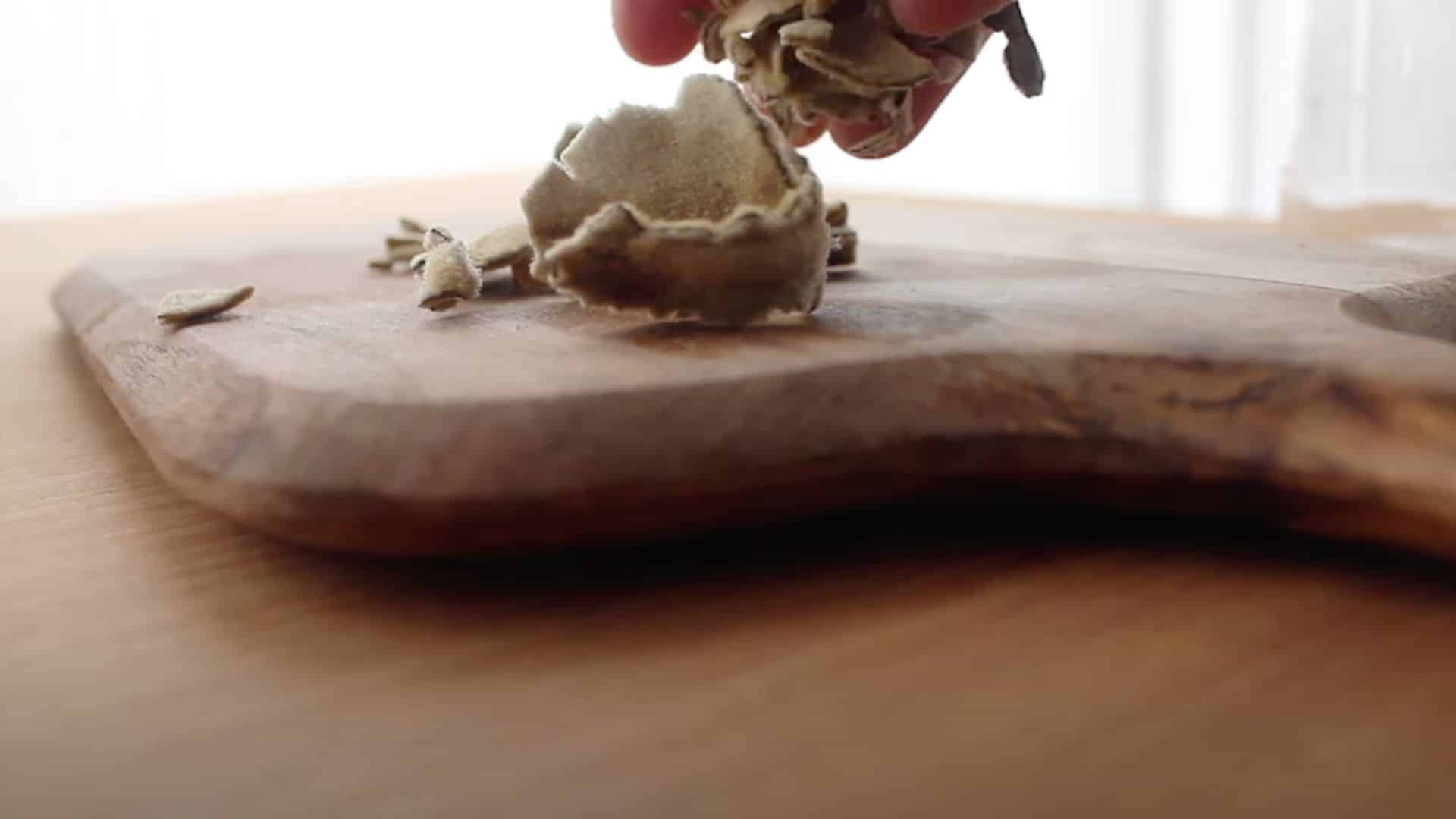

Begin by preparing your mullein leaves. If you’re using fresh mullein, chop the leaves into small pieces to help release their medicinal properties.
If you’re using dried mullein, break the leaves up a bit to increase the surface area. This step helps the alcohol or glycerin to better extract the beneficial compounds from the plant.
Step 2: Prepare the Mullein
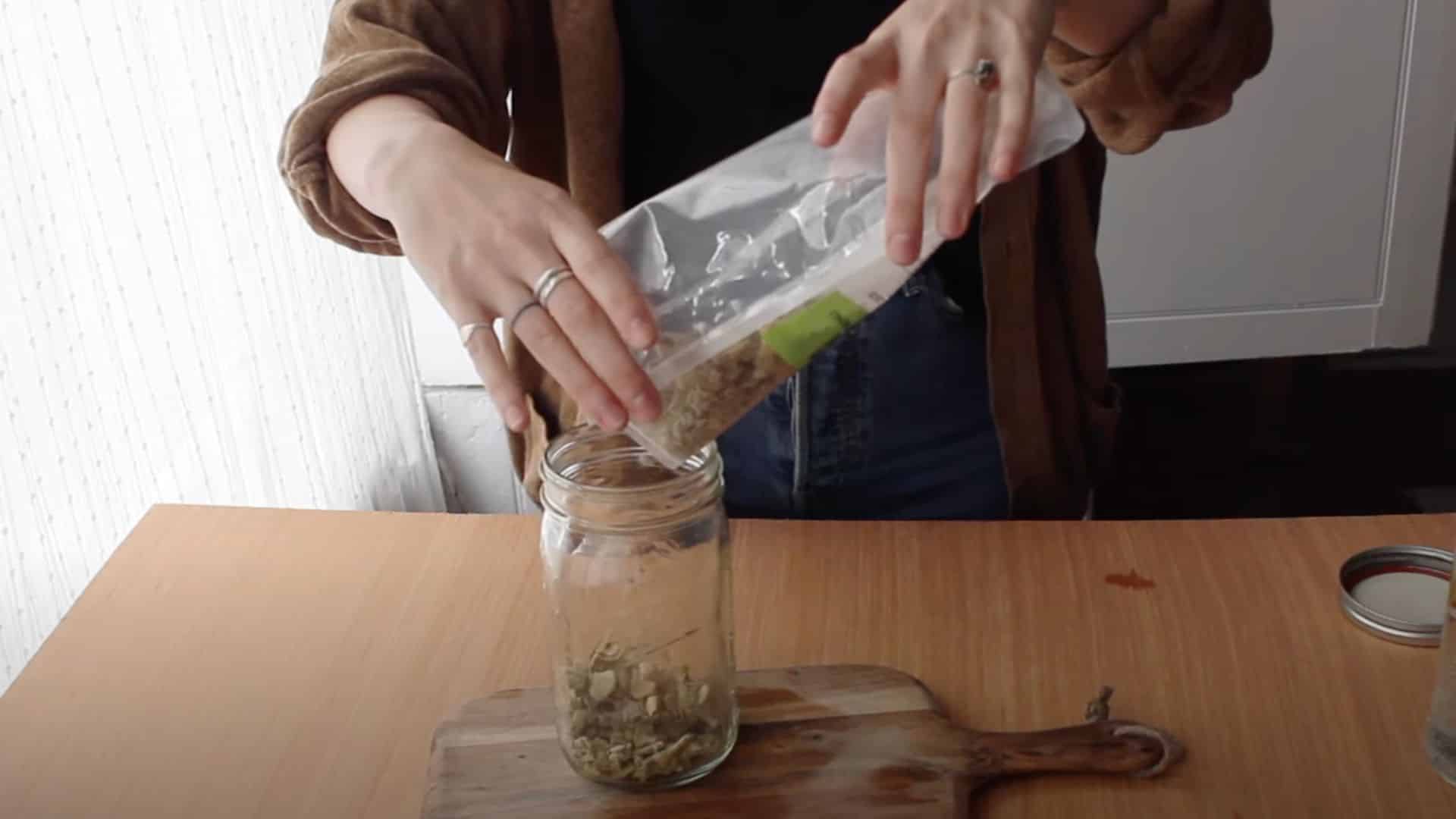

After chopping your dried mullein leaves into smaller pieces, fill your jar about one-third of the way with the mullein leaves.
If you’re using fresh mullein, it’s important to dry it first to avoid excess moisture, which can spoil your tincture. Fresh mullein can be used, but it requires extra care during the preparation process.
Step 3: Add Alcohol or Glycerin
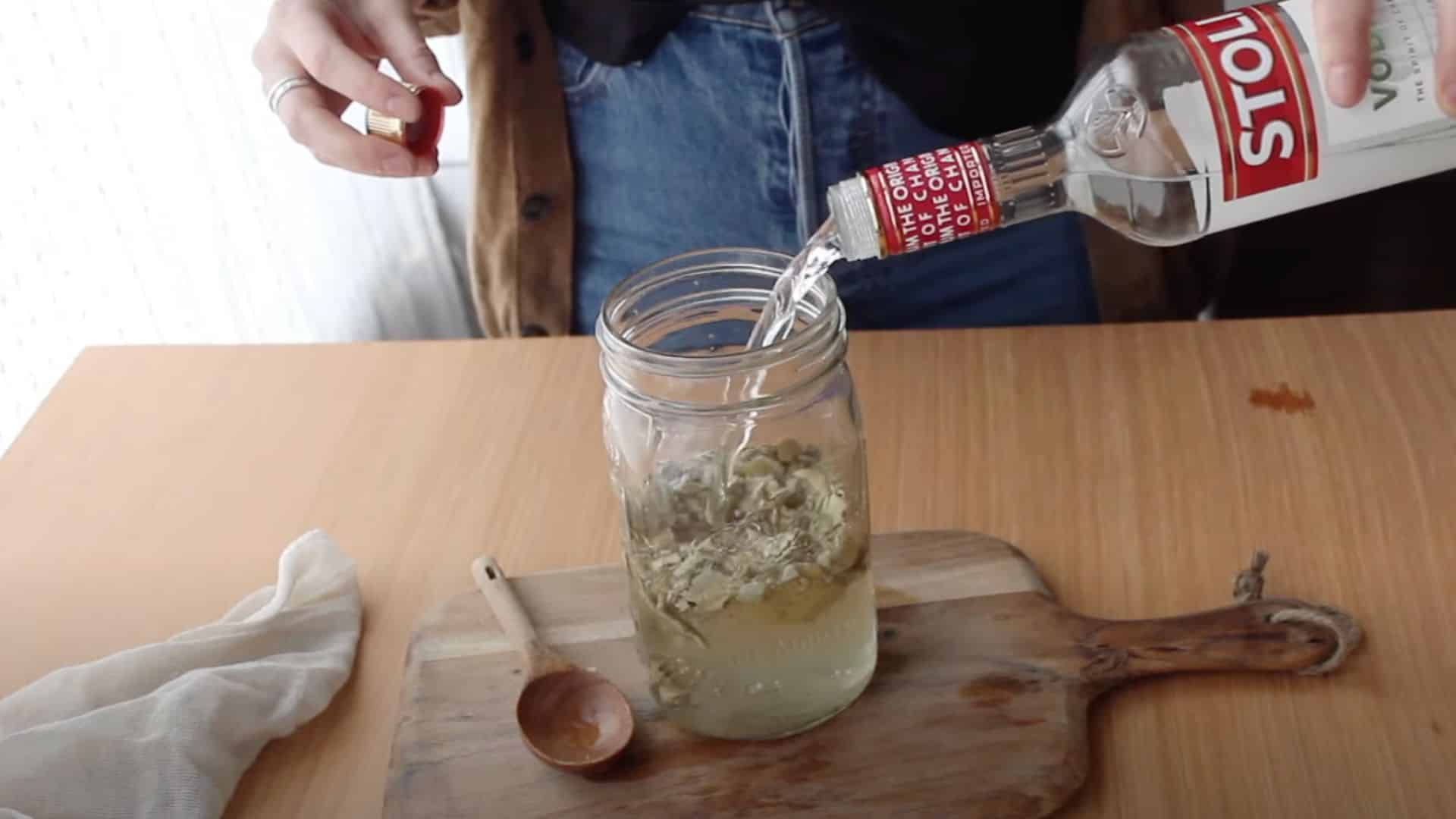

Pour alcohol (vodka or brandy) into the jar until the mullein is completely submerged. If you’re using glycerin for a non-alcoholic version, mix it with distilled water in the same way.
Stir the mixture or gently shake the jar to ensure the leaves are well-covered. Be sure to top up with alcohol or glycerin if the leaves float above the liquid.
Step 4: Let the Tincture Steep
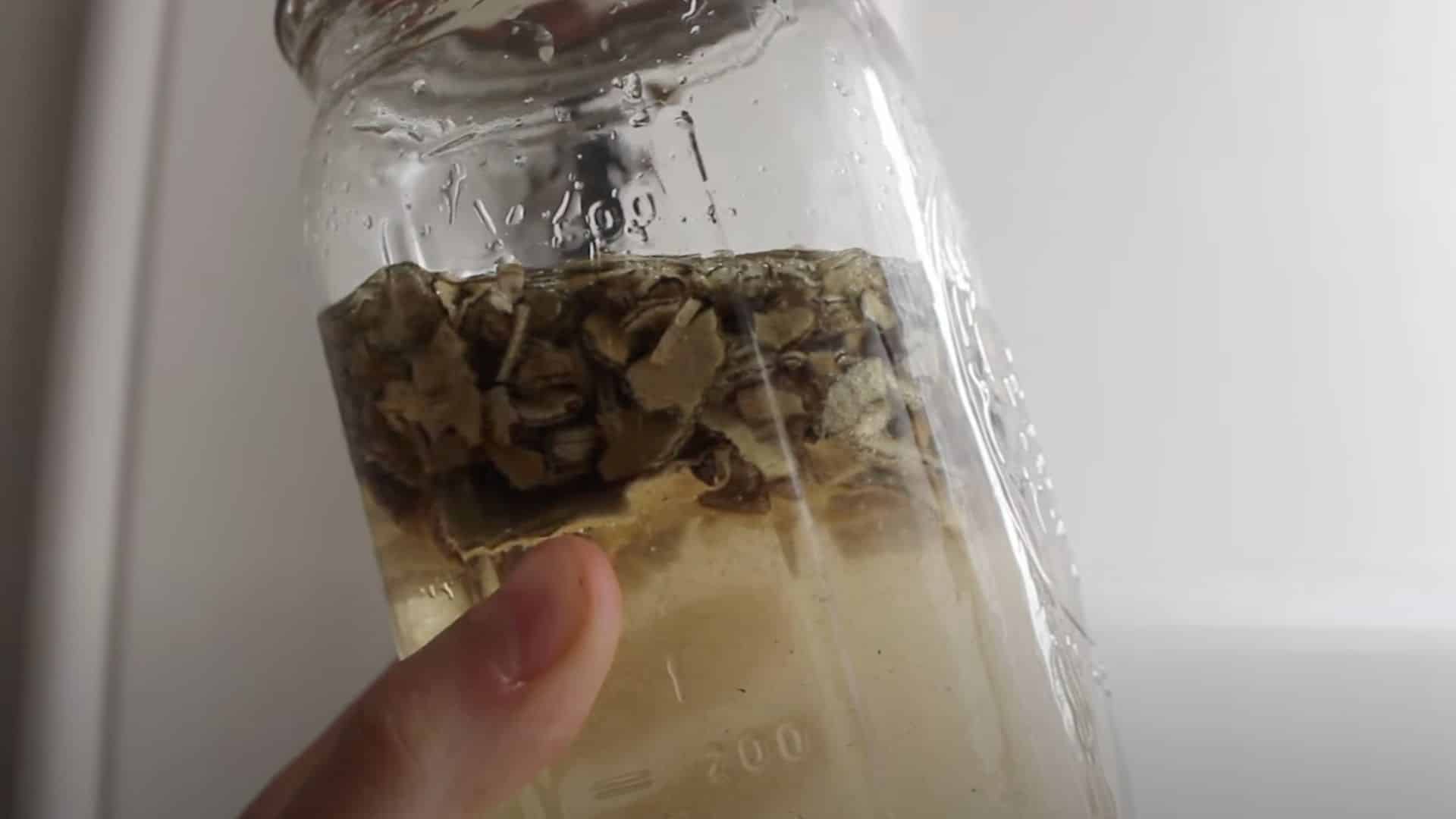

Place the jar in a cool, dark spot like a cupboard or pantry for about 8 weeks. Shake the jar every 2-3 days to keep the plant material submerged and mix it with the liquid.
Over time, the alcohol or glycerin will extract the active compounds from the mullein leaves. Ensure the leaves remain fully covered to prevent mold or spoilage.
Step 5: Strain and Store the Tincture
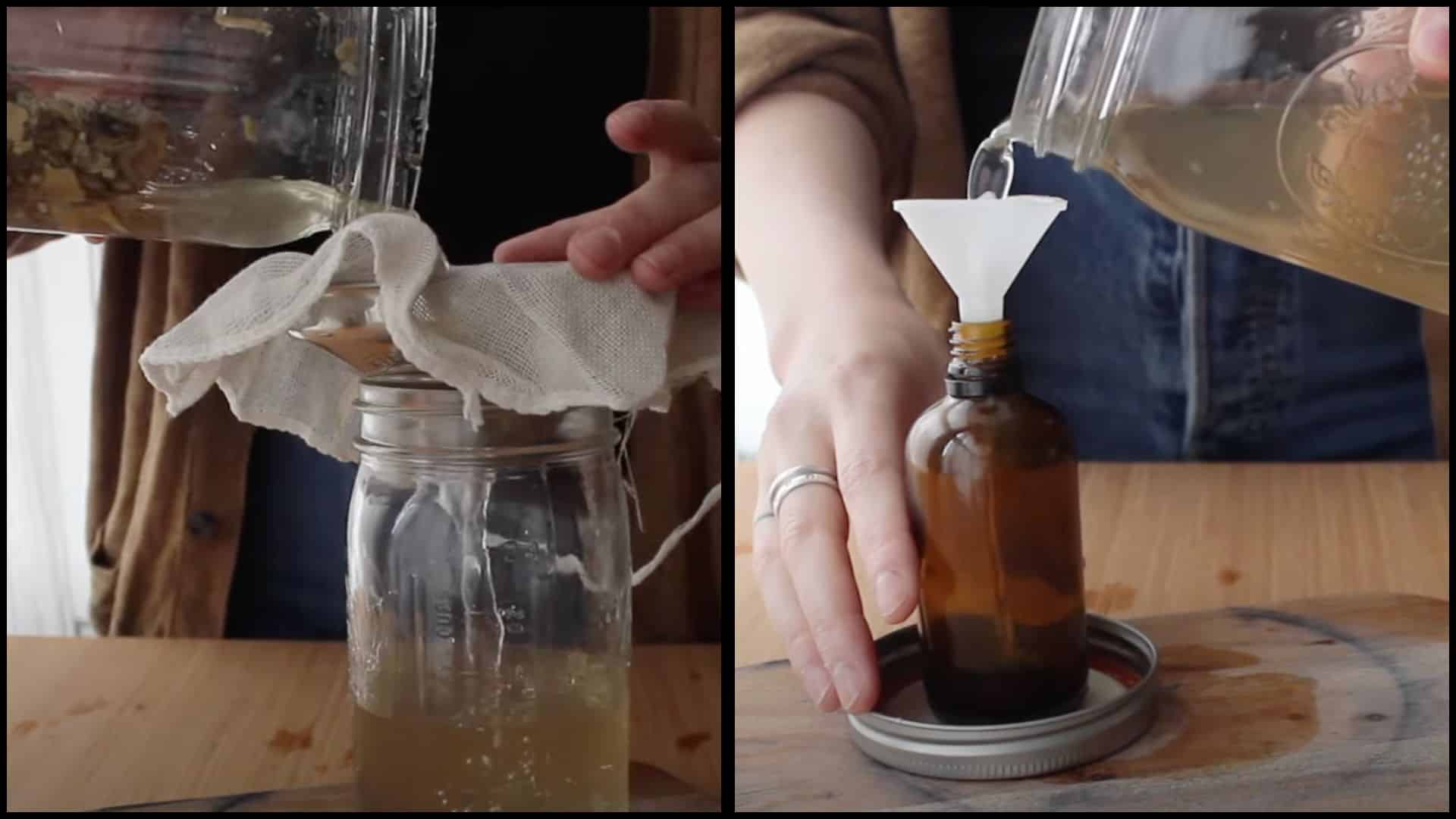

After 8 weeks, it’s time to strain the tincture. Use a cheesecloth or muslin to strain out the mullein leaves, pressing the material to get every last drop.
Transfer the strained tincture into small amber glass bottles for storage. Label and date your bottles so you remember when they were made. Store them in a cool, dark place to preserve their potency.
Watch the Process: Complete Mullein Tincture Video Tutorial
How to Use Mullein Tincture
Here’s a simple focus on how to use your homemade mullein tincture safely and effectively. The table covers dosages for various conditions and important safety information for different age groups.
| Usage Method | Dosage | Notes |
|---|---|---|
| Respiratory Issues | 20-30 drops, 2-3 times daily | Mix in water or tea |
| Ear Infections | 2-3 drops in the ear, 2-3 times daily | Warm slightly before use |
| Children (2-12 years) | 5-10 drops, 1-2 times daily | Dilute in water, and consult a doctor |
| Adults 65+ | 15-20 drops, 2 times daily | Start low, monitor reactions |
| Pregnant/Nursing | Not recommended | Consult a healthcare provider |
Note: Consult your doctor before consuming mullein tincture, especially if you have medical conditions or take medications regularly.
Mullein Tincture Side Effects and Safety
Mullein is generally very safe for most people to use as a natural remedy. However, like any herbal medicine, there are several important considerations to keep in mind before starting.
- Stomach upset can happen if you take too much mullein tincture at once or on an empty stomach.
- Never use mullein seeds in your tincture because they contain toxic compounds that can harm your body.
- Pregnant and nursing mothers should avoid mullein, as there is insufficient research on its safety during these periods.
- Mullein might interact with blood thinners, diabetes medications, or other prescription drugs you’re currently taking.
- Stop using mullein immediately if you develop rashes, breathing problems, or any unusual symptoms after taking it.
Most people can use mullein tincture without any problems when they follow proper dosing guidelines. Always talk to your doctor first if you have health conditions or take other medications regularly.
Creative Uses for Mullein Tincture
Your mullein tincture can do much more than just help with coughs and breathing problems. Here are some creative ways to use this versatile herbal remedy in your daily life.
- Skin care: Apply a few drops to cotton balls and dab on bruises, minor cuts, or irritated skin for natural healing.
- Homemade salves: Mix mullein tincture into homemade lip balms or skin salves to create soothing remedies for dry patches.
- Massage oil: Add it to carrier oils, such as olive or coconut oil, to create a gentle massage oil for sore muscles.
- Custom mixes: Combine with other herb tinctures like echinacea or elderberry to create your custom wellness combinations.
- Throat remedies: Use a few drops in homemade throat sprays or add to honey for a natural cough syrup recipe.
These alternative uses help you maximize the value of the time and effort you invest in making your tincture. Experiment with small amounts first to see what works best for your specific needs.
Wrapping It Up
You now have all the knowledge needed to create this powerful respiratory remedy using just a few simple ingredients and basic kitchen supplies.
The process requires minimal effort but delivers maximum benefits for your health and wallet. Your homemade tincture will be fresher, stronger, and more affordable than anything you can buy in stores.
Plus, you’ll know exactly what goes into every single drop. Don’t let another cough or breathing issue catch you unprepared when the solution is literally growing in your backyard.
Start making your tincture today and share your success stories in the comments below!
